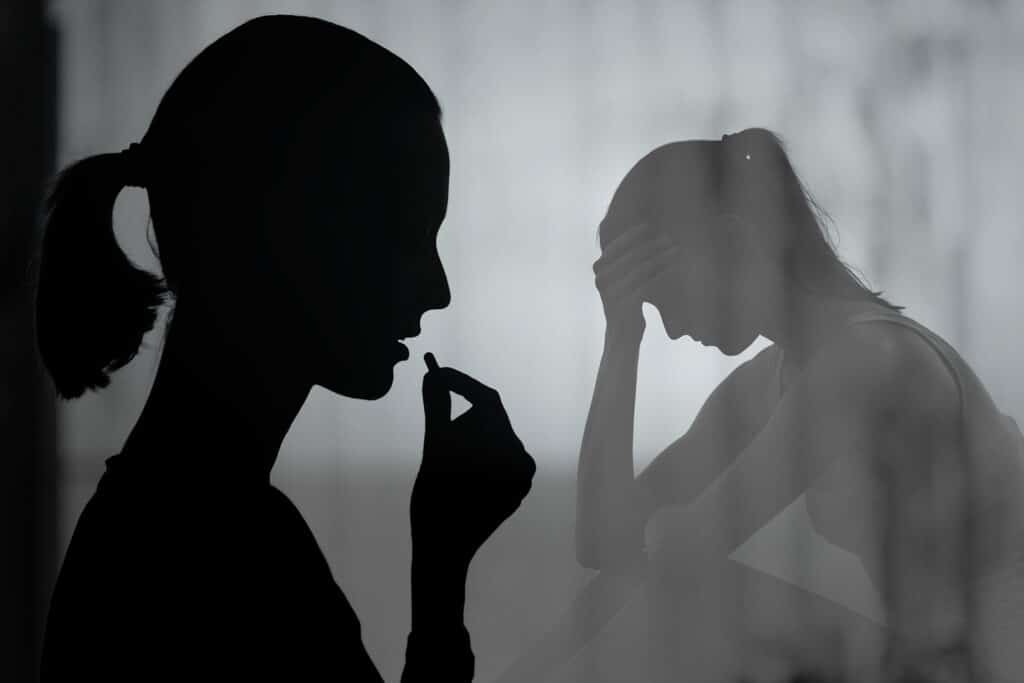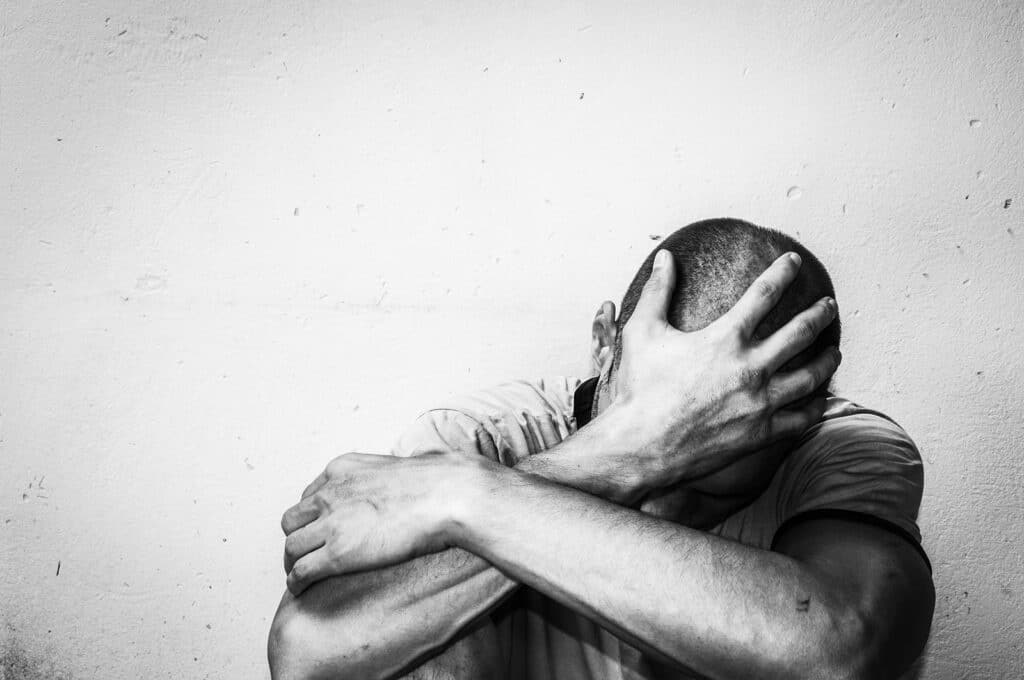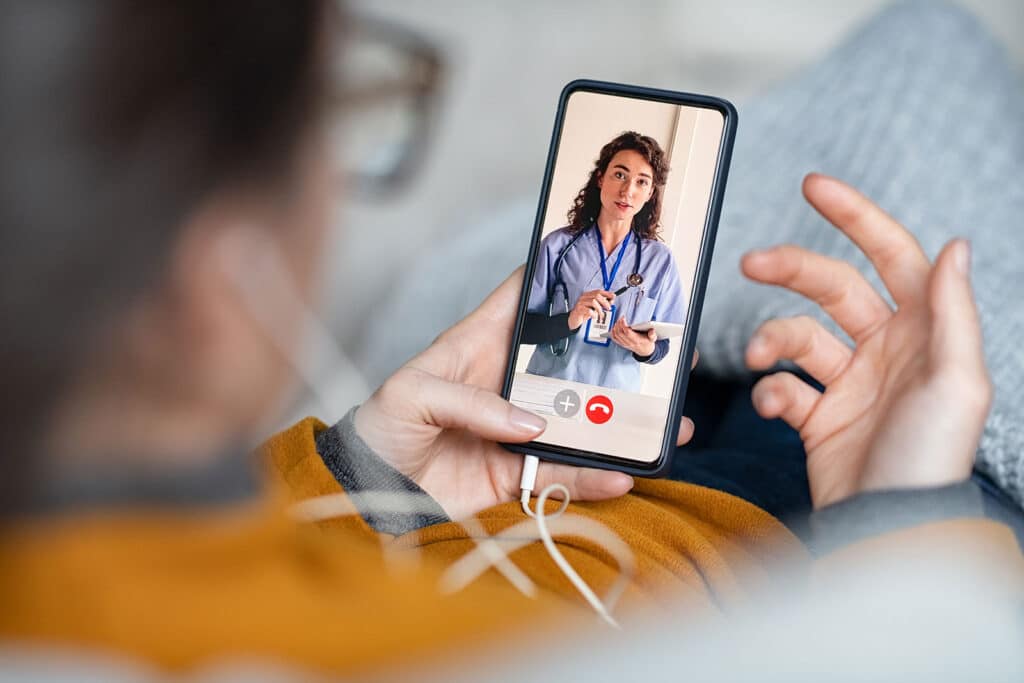According to a 2019 study, benzodiazepines (the drug family of tranquilizers that librium belongs to) were the third most commonly used in the United States in 2017.
Despite being carefully prescribed for short durations, people were still found to abuse the drug even after they were no longer medically required to use it.
This guide discusses librium’s addiction, how it happens, and how it’s treated. It also discusses why it can be difficult to quit without a reliable addiction treatment center.
If you or someone you care for suffers from librium addiction in Illinois, this guide is for you.
Table of Contents
What is Librium?
Librium, also known as chlordiazepoxide, is a medication used to help treat people who suffer from alcohol withdrawal symptoms or anxiety disorders. In many cases, it’s also used to help people who suffer from insomnia.

Librium belongs to a class of drugs known as benzodiazepines, which can be addictive. Benzodiazepines have a range of effects that include but aren’t limited to:
- Sedation.
- Anxiety relief.
- Reduction of muscle spasms.
- Reduction of seizures.
The extent of benzodiazepine effects depends on the chemical combination of individual drugs. In librium’s case, it’s best to use it for anxiety disorders as it provides a mixture of sedation and anxiety relief.
Librium’s Mechanism of Action
Librium affects certain receptors in the brain and central nervous system to promote a calming effect on the body.
The exact mechanism of action for its anti-anxiety effects isn’t fully understood; researchers believe it works by enhancing the effects of a calming brain chemical called gamma-aminobutyric acid (GABA).
When a neurotransmitter is secreted in the central nervous system, it produces a calming effect because it can calm down or stop certain nerve signals in the brain.
How Can Librium Cause Addiction?
Librium has a lower potential for addiction compared to some other benzodiazepines. However, dependence and addiction can still occur, especially with long-term use.

Unlike opioid drugs, which compete with endogenous opioids over the transmitters in the brain, benzodiazepines cause addiction in a different way.
As mentioned earlier, librium works by increasing the effects of GABA, which is a calming neurotransmitter. It does this by binding to specific sites on GABA receptors, making them more responsive to GABA.
Over time, with regular use, the brain adapts to the constant presence of librium’s enhanced GABA activity. This downregulates the brain’s own GABA production and receptor sensitivity.
Other supplemental addiction factors include:
Reward System Reinforcement
Librium’s calming effects can be perceived as rewarding, activating the brain’s reward system. This system includes dopamine, a neurotransmitter associated with pleasure and motivation.
Repeated librium use can lead to increased dopamine release when taking the drug, further reinforcing the desire to continue using it.
Dysregulation of Neurotransmitter Systems
Chronic Librium use can disrupt the balance of other neurotransmitter systems beyond GABA. This can affect mood regulation, stress response, and motivation pathways.
These disruptions contribute to withdrawal symptoms and cravings when someone tries to stop taking Librium.
Tolerance Build Up
The body can slowly adapt to drugs that enter the bloodstream, a process known as acquiring tolerance. Tolerance forces the struggling person to take more of the drug to achieve the same effect.
Not only does this make the situation worse, but it can also increase the risk of overdose. Chlordiazepoxide overdose results in difficulty in breathing, blurred vision, and rapid and irregular heartbeat.
In extreme cases, it leads to seizures, fainting, and even coma.
Signs and Symptoms of Librium Addiction
As with any drug addiction diagnosis, it’s important to understand the signs and symptoms. This is especially helpful with librium since, despite appearing in drug tests, there’s no specific test for it like other benzos.

The signs and symptoms are somewhat similar to alcohol addiction. The physical symptoms include but aren’t limited to:
- Nausea and vomiting.
- Confusion.
- Muscle spasms.
- Generalized weakness and slow reflex time.
- Headaches and body aches.
- Constipation.
- Vision problems.
- Low blood pressure.
Librium addiction also has its fair share of mental effects on the struggling person. These include:
- Mood swings.
- Depression and/or rebound anxiety.
- Memory issues.
- Lack of interest in life goals.
- Reduced performance at work and at home.
- Consuming the drug with full awareness of its negative effects.
Withdrawal Symptoms of Librium Addiction
Here are the withdrawal symptoms that make it harder to stop librium dependence:
- Lack of appetite.
- Constant dizziness.
- Generalized body aches.
- Inability to sleep at night.
- Excessive cravings, especially in the first 24 hours.
- Anxiety and depression.
- Profuse sweating, even when it’s cold.
If a person attempts to quit librium cold turkey, they will experience more severe forms of these symptoms. They also subject themselves to rare but serious complications like:
- Delirium.
- Excessive tremors.
- Auditory and/or visual hallucinations.
- Suicidal thoughts.
Librium Addiction Treatment in Illinois
If you or a loved one is struggling with librium addiction in Illinois, you should seek a reliable treatment facility like the Illinois Recovery Center. It utilizes an evidence-based approach to treat the dependence and prevent relapse safely.
Here’s what you can expect upon admission to the Illinois Addiction Treatment Center:
1. Safe Librium Detoxification
The first step to begin treatment is ensuring no librium traces are left in the bloodstream. This can only be acquired by stopping new doses of the drug.
Librium has a half-life of 5-30 hours. It may take up to 48 hours to completely clear from the bloodstream.
This means that it won’t be detected in a blood test 48 hours after the last dose. However, it’s still detectable in saliva for up to 10 days, and in urine tests for up to six weeks.
Technically, that means six weeks is enough for the drug to completely leave the patient’s system.
Most treatment centers gradually withdraw the drug from the patient’s system, a process known as the tapering system.

2. Medication Assisted Treatment
The recovering person is medically supervised throughout the detox period. In many cases, medicines like Dihydrocodeine and lofexidine are given to help with the withdrawal symptoms.
This is known as medication-assisted treatment or MAT. These medicines don’t directly cure the addiction, but they can help ease the symptoms, improve the mood, and reduce the cravings.
3. Behavioral Therapy
Behavioral therapy aims to address the psychological aspect of the addiction. It helps individuals identify the triggers and the causes of the dependence. This is achieved through:
- Cognitive behavioral therapy: CBT helps you change negative thoughts that bring you down. It teaches you to challenge them and develop healthier ways of thinking.
- Dialectical behavior therapy (DBT): DBT builds on CBT, but adds a focus on managing tough emotions and relationships. It equips you with skills like mindfulness and communication to navigate challenges healthily.
- Motivational Interviewing: Motivational Interviewing doesn’t tell you what to do. Instead, it helps you discover your own reasons for change and build the confidence to make it happen.
4. Mental Rehabilitation
Physical dependence on most drugs often ceases faster than psychological dependence. Even when the recovering person’s physical biology is back to normal, they may still crave the drug out of habit.
As such, psychological rehabilitation is as, if not more important than detoxification. It can be done through:
Group Therapy Sessions
Group therapy sessions are among the most effective methods for maintaining sobriety because they allow recovering people to bond together.
These sessions can be undertaken as part of the recovery center’s treatment program, or utilized externally through preferable means.
Depending on the preference and the available options, the sessions can either be local or online.
Private Therapy Sessions
Private sessions can be a better solution for recovering people who don’t feel comfortable sharing their emotions with many people.
Plus, private sessions have the advantage of being solely focused on the recovering person, suitable for those who want it to be quicker and more personal.
Telehealth Communications
Telehealth communications allow for both group and private sessions to be taken online from the comfort of your home.

They also go beyond group therapy, as they provide remote patient monitoring, and you can even be provided electronic prescriptions that get sent to your local pharmacy.
FAQs
Why is Librium Used Despite Being Addictive?
Is Librium as Addictive as Opioids?
How Long Does it Take to Treat Librium Addiction?
Final Words
Librium may not be as addictive as opioids, but the risk of addiction is present nevertheless. People who are prescribed the medication should only use it according to the provided instructions.
If you or a loved one is on librium therapy and start craving its effects, contact your doctor immediately to stop the dependence before it occurs.



